During our recent trip to Scotland, Amy and I knew we had to see Edinburgh, but we didn’t want to limit ourselves to just the city.
So, we decided to split our vacation time between Edinburgh and another destination in Scotland. I had never been to the British Isles, let alone Scotland, but I was determined to visit Loch Ness while we were there.
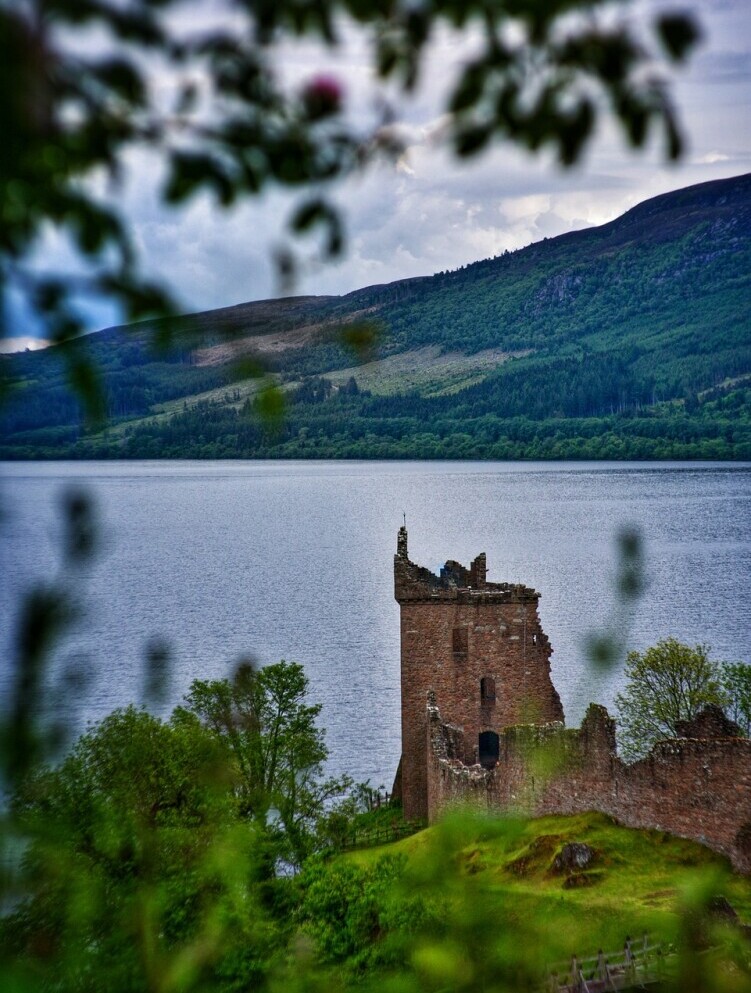
I’ve always been fascinated by Nessie and thought this might be my chance to catch a glimpse of the elusive creature. Since Amy and I are big Outlander fans, Inverness was an obvious choice for the second part of our trip.

It turned out to be a fantastic decision! The variety of all the amazing things to see and do, along with the natural beauty made Inverness one of our favorite places in Scotland. Ancient standing stones were definitely on the list and they did not disappoint!
The History, Mystery, and Archaeology of the Clava Cairns
The Clava Cairns has been the subject of extensive study and discussion by scholars, archaeologists, and writers. These ancient burial sites, dating back to around 2000 BC, offer a window into Bronze Age funerary practices and cultural beliefs.
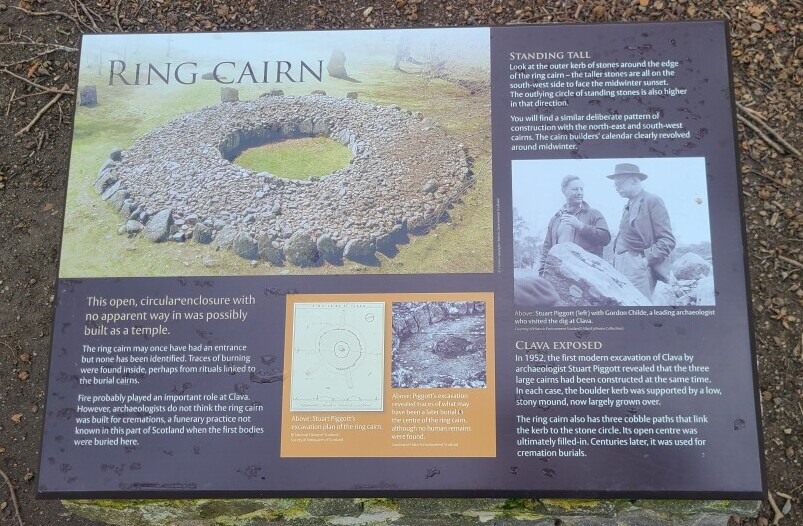
Excavations have revealed cremated remains, pottery, and tools, providing insights into the lives of the people who built these monuments.
The architectural features, including passage graves and ring cairns, highlight the builders’ advanced skills and their alignment with celestial events, such as the winter solstice.

Research often places the Clava Cairns within a broader network of prehistoric sites in Scotland, comparing them with other significant monuments like the Ring of Brodgar and Stonehenge.

This contextualization helps to understand regional burial practices and ceremonial traditions.
The site’s alignment with astronomical events suggests that it may have served purposes beyond mere burial, possibly including ceremonial or astronomical functions.
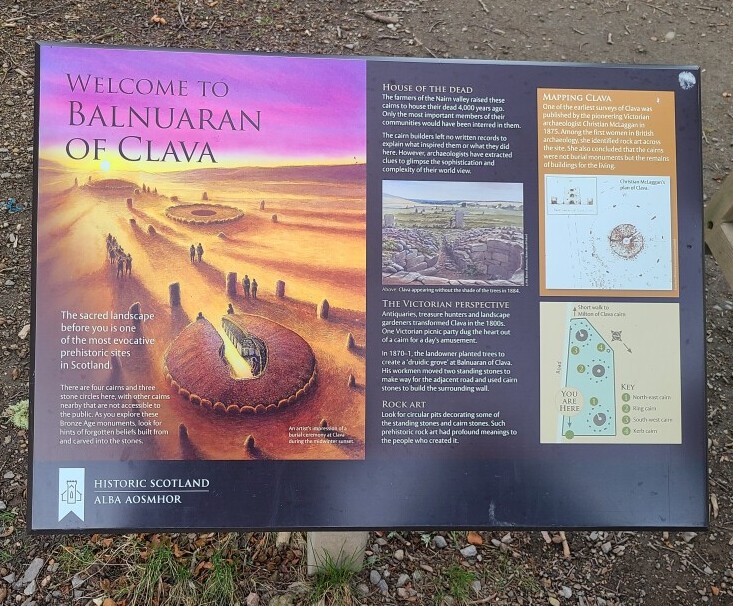
Local legends and folklore add an element of mystery, with stories suggesting the cairns were constructed by supernatural beings or function as portals to other worlds.
These various interpretations contribute to the Clava Cairns’ enduring intrigue and cultural significance, making them a compelling link to Scotland’s ancient past.
A Shroud of Intrigue
Our first stop on an 8-hour tour of the Inverness countryside was Clava Cairns. Situated close to the Culloden battlefield, which we visited later, the site immediately evoked a sense of reverence.

As soon as we arrived, we could feel the ancient presence of these stone structures—they’ve stood here for 40 centuries after all. The site features three main cairns, surrounded by standing stones of varying heights, some reaching over 10 feet tall.

Each cairn has a central circular opening with a narrow footpath, just wide enough for one person to access the center. These footpaths aligned perfectly with the rising of the winter solstice sun.
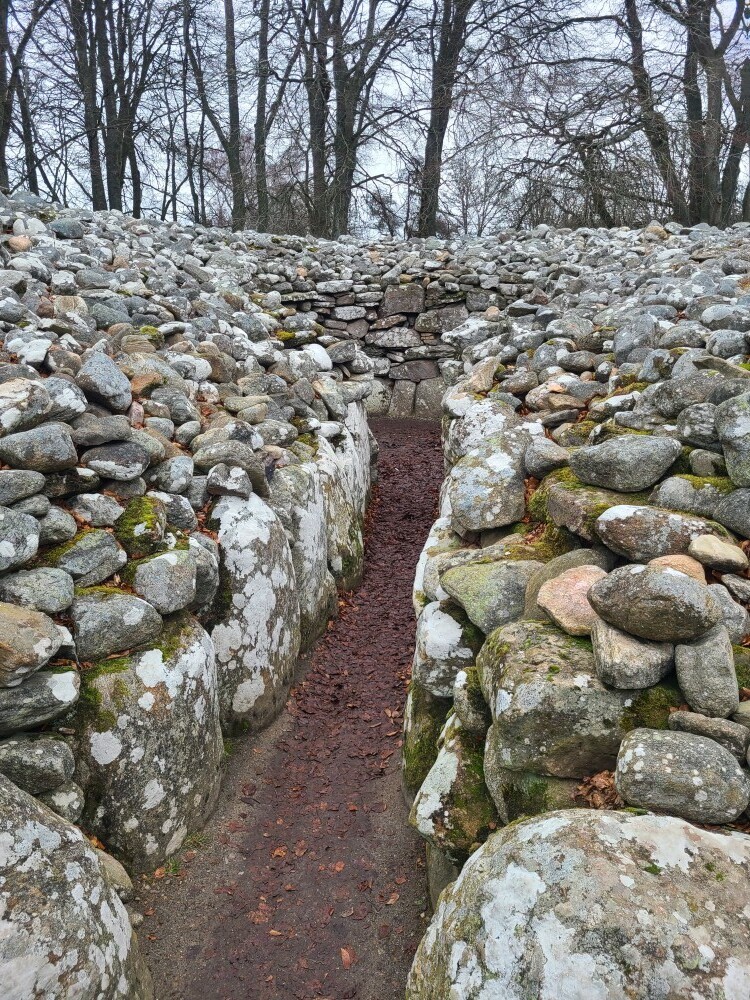
For the scale of the center of the cairn, I’m quite the tall lad, standing a proud 6’5″ tall.
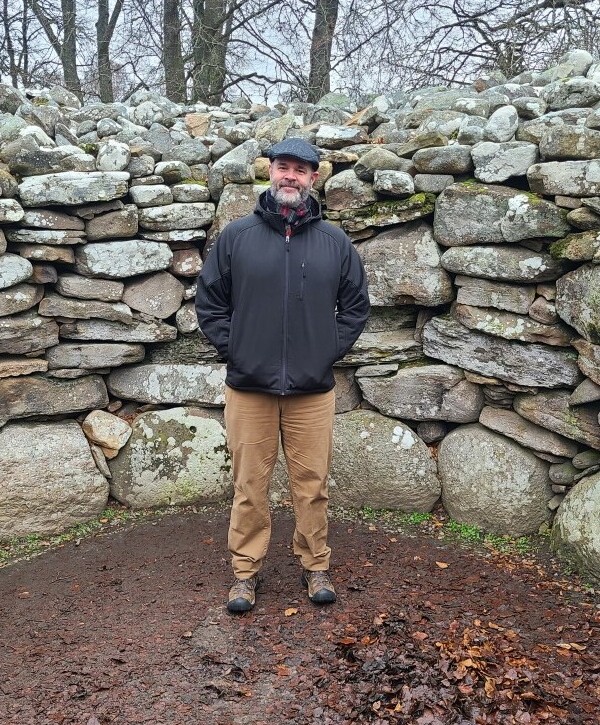
We had the freedom to explore the site at our own pace, taking in all its features, and plenty of photographs. Throughout the area, informational placards provided insights into the stones and the ongoing archaeological efforts to study and preserve the site.

It was a slightly overcast day, but fortunately, we escaped the rain. The gray skies seemed to enhance the serene atmosphere of a site that has been here since the time of the pharaohs.
Despite the presence of around a dozen visitors, a profound silence enveloped the area, adding to its sense of timelessness.
The surrounding countryside was a charming landscape of lush green fields, deciduous trees, and scenic stone fences.

Enjoying Scotland’s Ancient Wonders
Venturing beyond Edinburgh to explore the enchanting landscapes and historical treasures of Inverness added a rich layer to our trip.
Clava Cairns, with its ancient standing stones and mystical aura, provided a profound connection for us to Scotland’s distant past.
Our visit to the site was not only one of the highlights of our journey but also a testament to Scotland’s deep historical roots and the enduring allure of its megalithic monuments.
Standing among these massive ancient structures, with the overcast sky casting a serene light over the landscape, we felt as if we’d been transported through time.
As we concluded our exploration, we were left with a deep appreciation for Scotland’s rich heritage and the timeless stories etched into its landscapes.

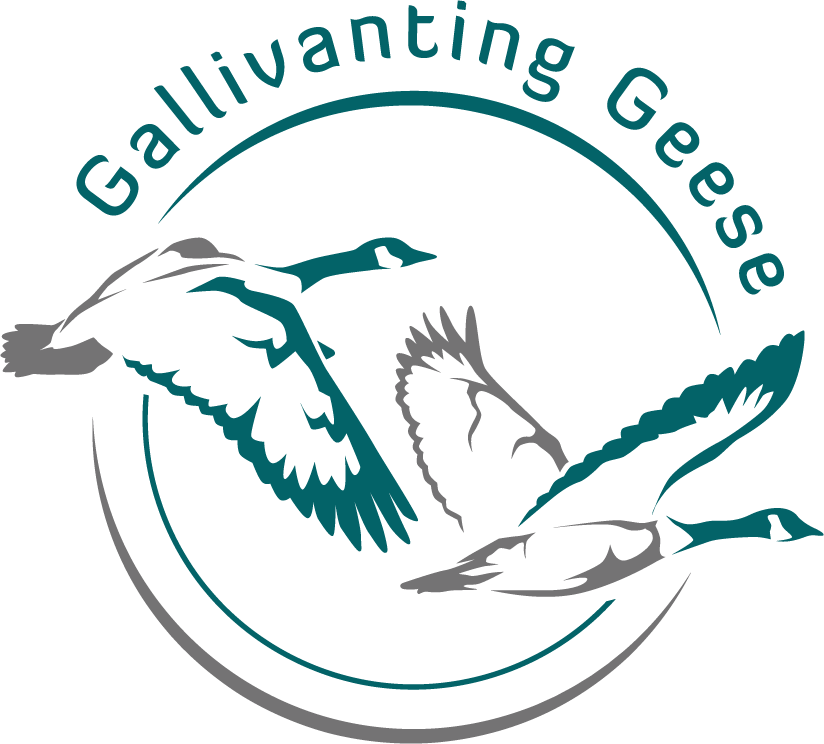
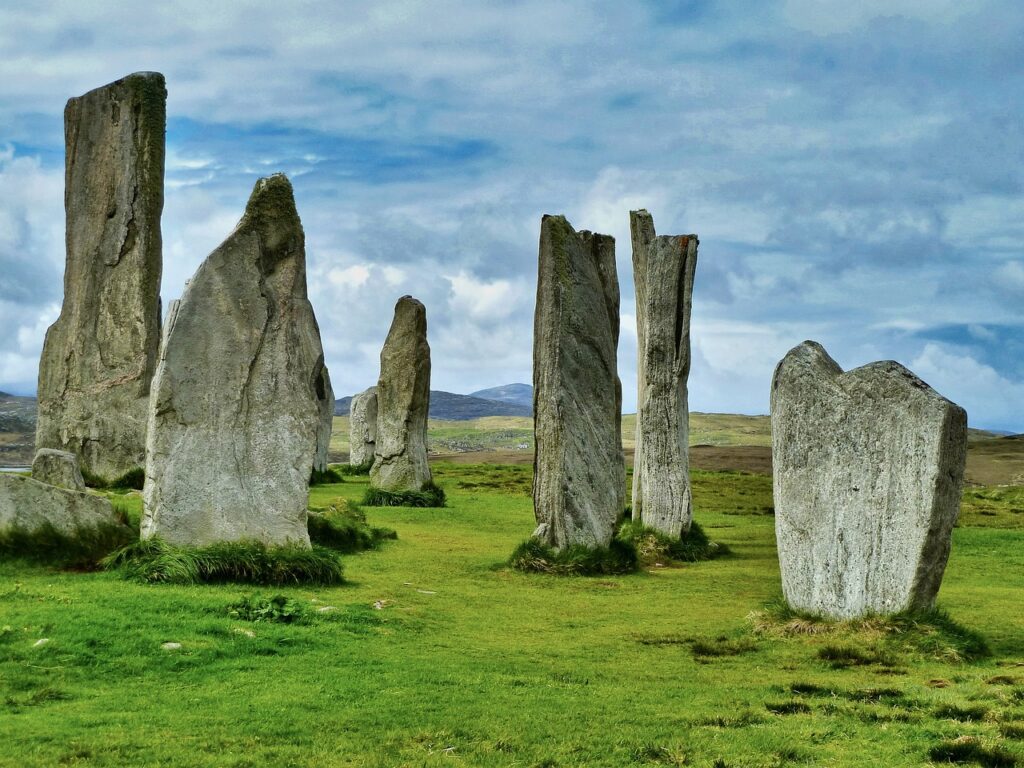
I just had to say, your write-up on the Clava Cairns really pulled me in! The way you captured the ancient, almost mystical vibe of the site was amazing. It’s fascinating to think about the history and stories those stones could tell. I’ve always been intrigued by burial sites, and reading this has made me even more excited to visit Scotland and see them in person. I can only imagine how awe-inspiring it must be to stand among such timeless monuments. Thanks for sharing!
Cheers,
Gabriel John
Hi John,
It was truly a reverent atmosphere and one could definitely feel a sense of awe and a deep respect for the history of such an old site. I hope you get a chance to visit it one day. You won’t be disappointed!
Clava Cairns looks like a fascinating place to visit, especially for anyone interested in history and ancient sites. The idea of standing in a spot that has been around for thousands of years is truly awe-inspiring. Your tour description really captures the mystique of the place. I’m particularly intrigued by the connection to the Outlander series—it’s a great way to blend cultural history with popular media. Thanks for sharing such a detailed and engaging guide!
Thank you for reading it!
It was one of those places that made you feel like you should be quiet and respectful. And the tour guides were great, answered our questions and they had a good time with everyone.